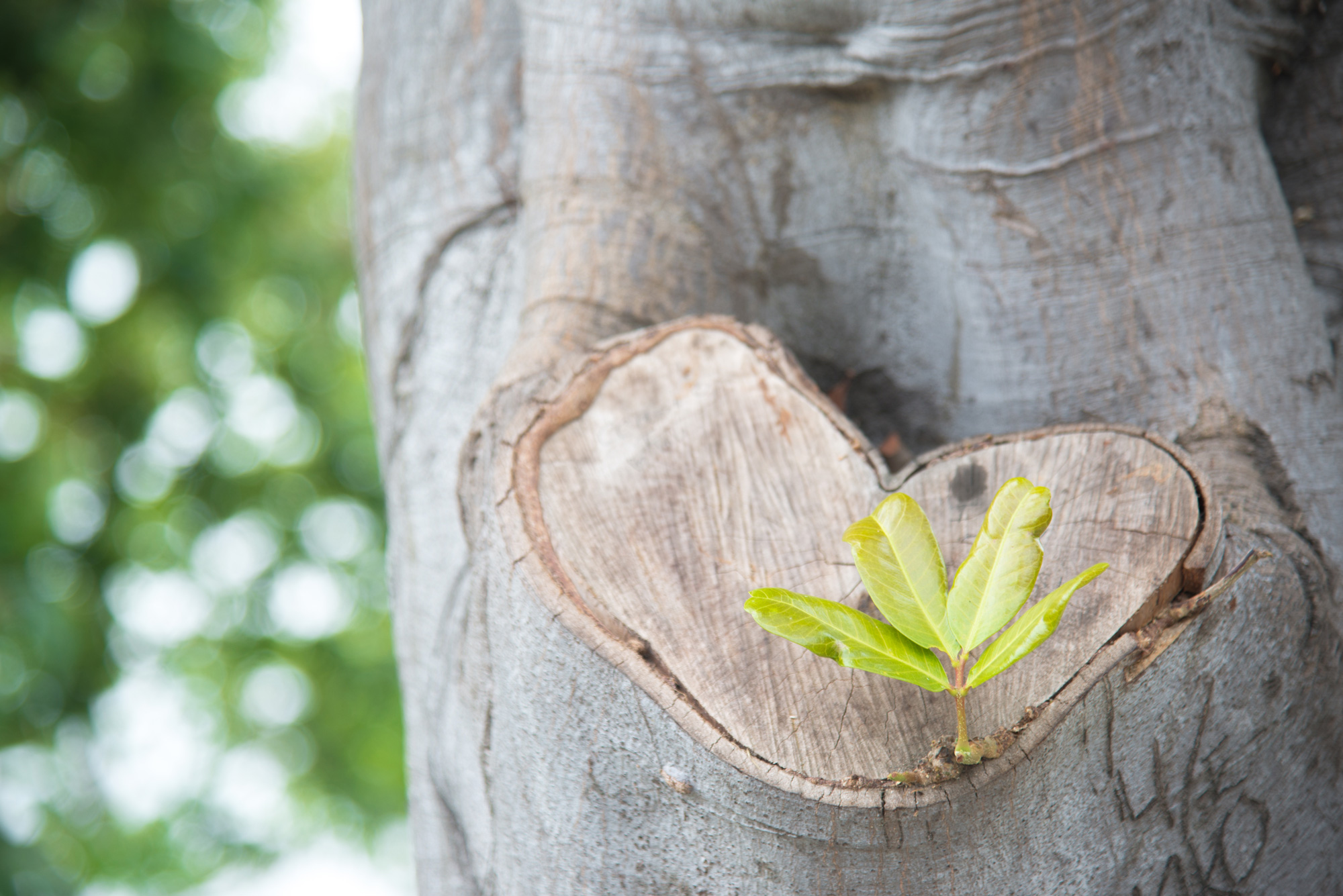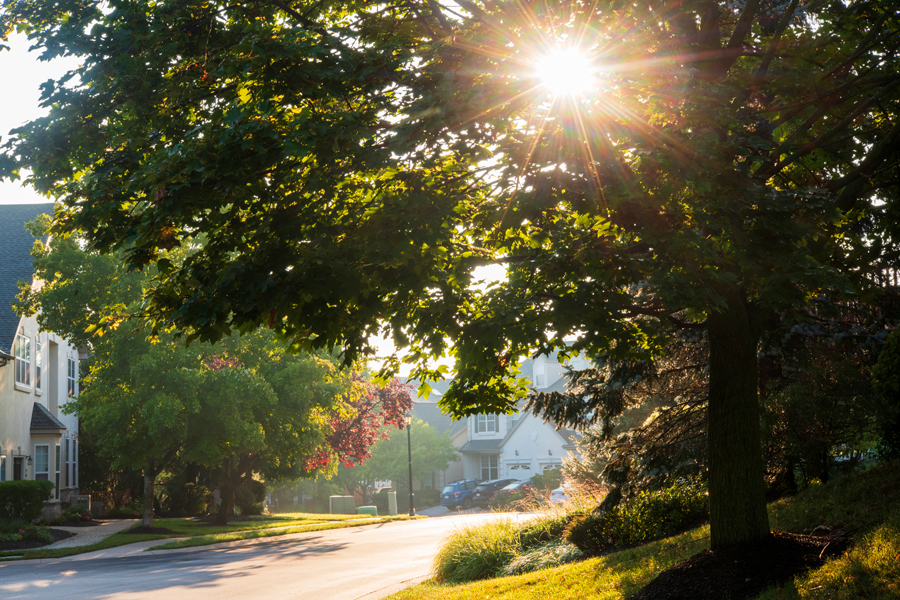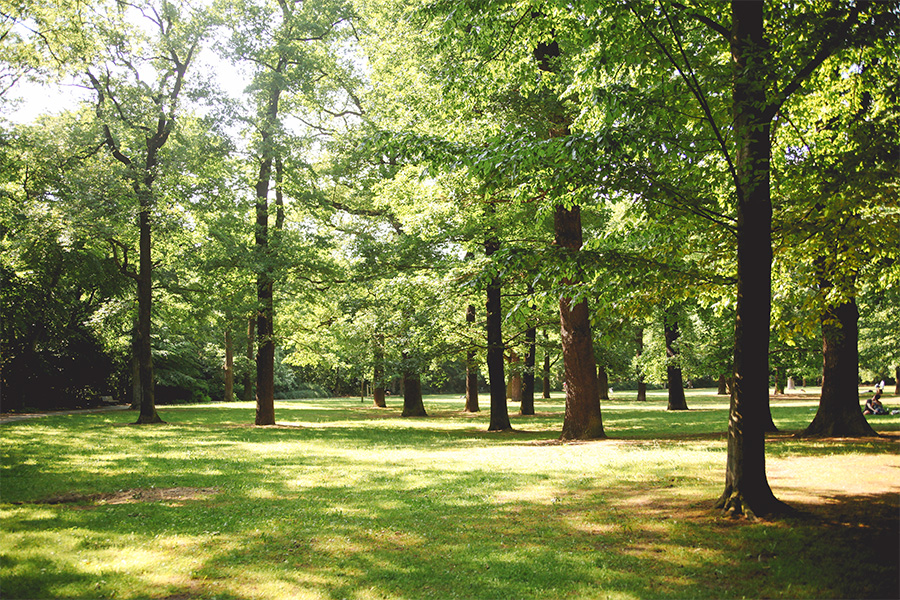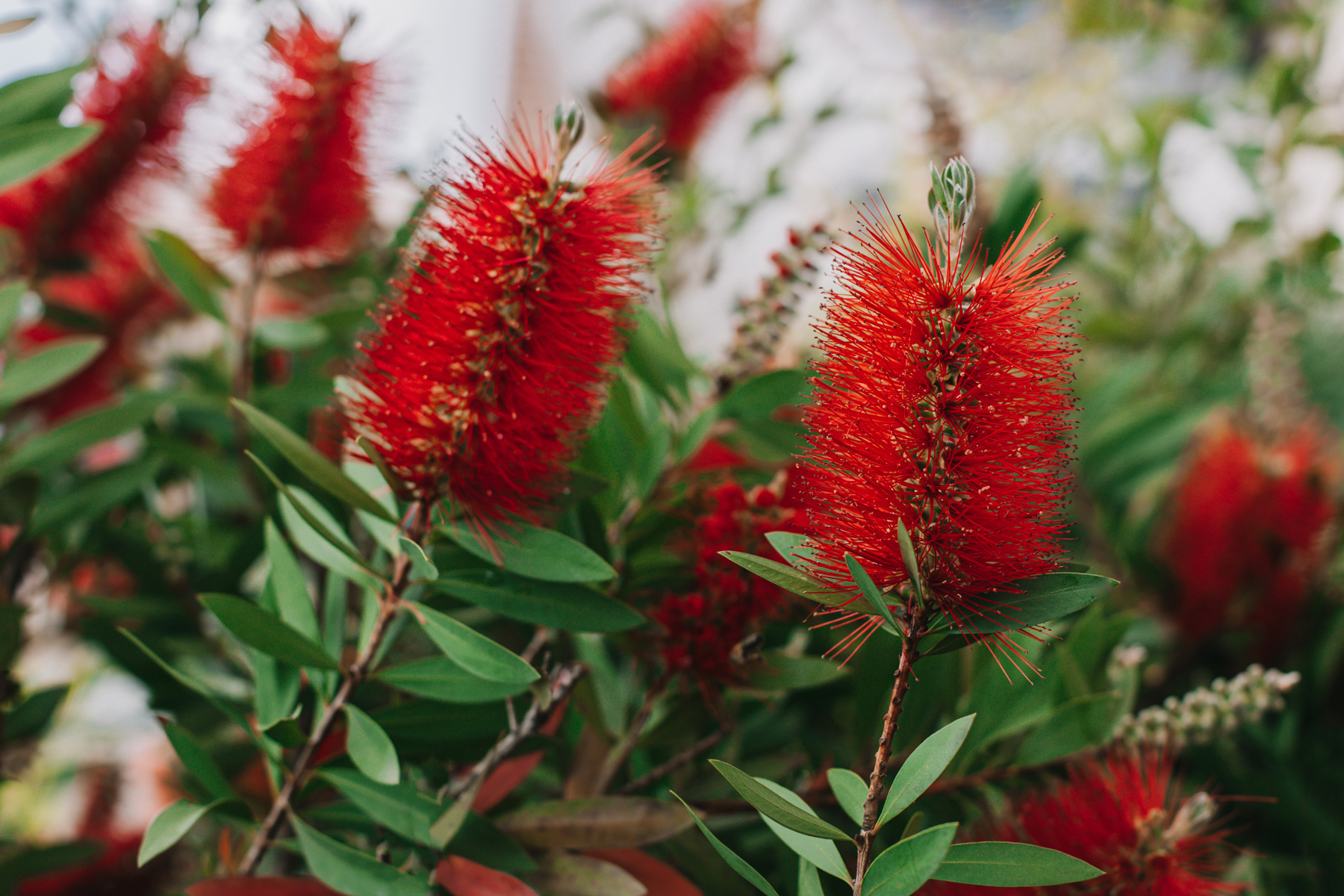Trees
-

Damage to perennial woody trees and shrubs caused by hurricanes or high wind events is often not initially apparent. In some cases, it can take months or even years to manifest, despite plants looking relatively healthy after initial inspection by growers and insurance adjustors. This publication describes common damage seen in perennial woody trees and shrubs after a hurricane or high wind event.
Matthew Chappell and Julie Campbell
|
-

C 1098
Hiring a Tree Care Service
Healthy trees add to property value and have many ecological benefits.
Hiring a tree care service is an important decision. The work is often dangerous for the workers and if not properly done, can damage property and damage or kill the tree. These guidelines will help tree owners select a tree care service.
Keith Mickler, Jule-Lynne Macie, Timothy Daly, and Ellen M. Bauske
|
-

This publication discusses the ownership, responsibility, and liability of trees. It presents common situations in which a neighbor’s trees encroach on another’s property and suggests ways to resolve related conflicts.
Mary Carol Sheffield, Ellen M. Bauske, Kim Toal, and Lynwood Blackmon
|
-

C 1063
Home Garden Peaches
Learn about how to grow peaches at home in Georgia. Peaches are not native to North America; however, many cultivars have been developed for our area, and Georgia has a long history of successful peach production. This resource includes information about site selection and preparation, planting, fertilizing, insects, diseases, and harvesting. Recommended peach varieties for Georgia are also listed.
Dario Chavez and Jeff Cook
|
-

C 1013
Shade Trees for Georgia
Shade trees are a staple of Southern landscapes and include a variety of species, forms and seasonal appeal. In the Southeastern U.S., shade trees are used most often to provide relief from the summer sun and heat. Additionally, shade trees can be utilized to channel summer breezes to desired locations, add monetary value to a property, define outdoor spaces, and improve landscape sustainability by reducing soil erosion, decreasing storm water flows, increasing rainwater infiltration and increasing wildlife habitat.The information in this publication will assist homeowners in making informed decisions when selecting fast growing shade trees for urban and suburban environments.
Gary Peiffer, Kim D. Coder, Bodie V. Pennisi, and Matthew Chappell
|
-

Many types of fruits and nuts can be grown in Georgia due to our mild climate. This publication provides an outline of the culture and management of the exotic and uncommon fruits and nuts that can be grown in Georgia.
Gerard W. Krewer and Bob Westerfield
|
-

Pruning is one of the most important cultural practices for maintaining woody plants, including ornamental trees and shrubs, fruits and nuts. Proper pruning requires a basic understanding of how plants respond to various pruning cuts. The principles and guidelines in this publication will help you master common pruning techniques.
Bob Westerfield and Gary L. Wade
|
-

This publication explains the different sources of salt in the soil, the effects of high salt and salinity in plants, measurements of salinity in soils and water, and a list of salt-tolerant native trees alongside their ability to withstand high salinity.
The information in this bulletin was requested by the green industry, county faculty, and the public.
John M. Ruter and Bodie V. Pennisi
|
-

C 740
Home Garden Apples
Learn how to grow apples at home—they are adapted to grow in most areas of Georgia. Although the northern half of the state is best suited for the more conventional apple varieties, you can have success in the southern half of Georgia with adapted varieties.
Bob Westerfield
|